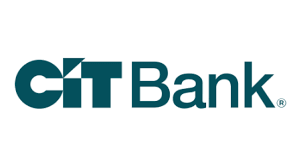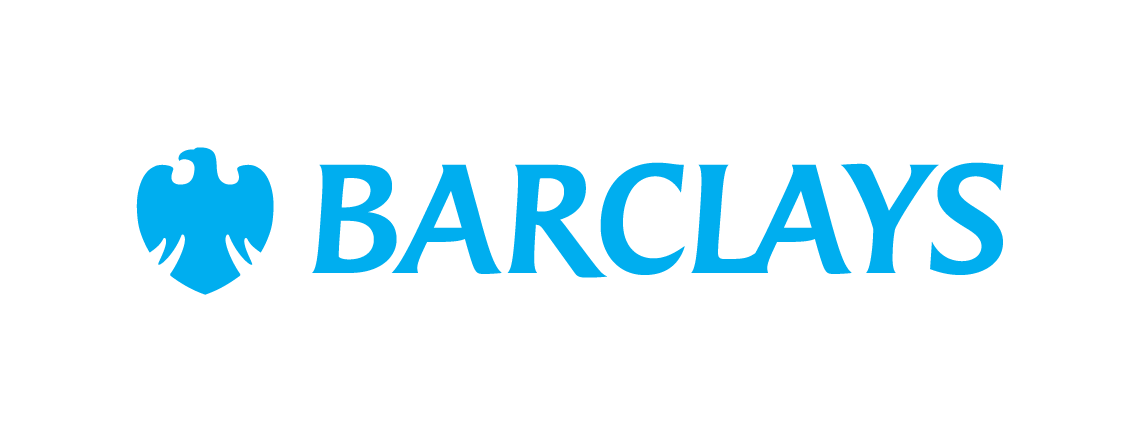You Won't Believe How Many Americans Can't Cover a $400 Emergency
KEY POINTS
- 37% of Americans can't cover a $400 emergency out of their savings.
- Using credit cards to cover emergencies could cause more financial stress and may result in debt.
An emergency fund is a powerful financial tool. With extra cash in the bank, you can more easily navigate challenging life situations and unexpected costs. Unfortunately, many Americans have meager savings --- some have none at all. That's not ideal.
Without savings, many people pay for costly emergency bills using credit cards, which could lead to more financial struggles and debt. Let's explore how many Americans can cover a $400 emergency and discuss how to prepare for future expected expenses.
37% of Americans can't cover a $400 emergency with cash
According to research from Motley Fool Money Motley Fool, a significant number of Americans are unprepared to cover a $400 emergency expense using cash from their checking or savings accounts. Data from the Federal Reserve shows that only 63% of Americans could cover a $400 emergency expense using cash. That means 37% can't afford to do that.
Many people without enough savings would use a credit card to cover a $400 emergency expense. However, using a credit card for emergencies puts you at risk of accumulating debt. If you don't pay your entire statement balance off, you'll be charged interest.
Our Picks for the Best High-Yield Savings Accounts of 2025
| Product | APY | Min. to Earn | |

American Express® High Yield Savings Account
Member FDIC.
APY
3.70%
Rate info
3.70% annual percentage yield as of April 26, 2025. Terms apply.
Min. to earn
$0
Open Account for American Express® High Yield Savings Account
On American Express's Secure Website. |
3.70%
Rate info
3.70% annual percentage yield as of April 26, 2025. Terms apply.
|
$0
|
Open Account for American Express® High Yield Savings Account
On American Express's Secure Website. |

CIT Platinum Savings
Member FDIC.
APY
4.10% APY for balances of $5,000 or more
Rate info
4.10% APY for balances of $5,000 or more; otherwise, 0.25% APY
Min. to earn
$100 to open account, $5,000+ for max APY
Open Account for CIT Platinum Savings
On CIT's Secure Website. |
4.10% APY for balances of $5,000 or more
Rate info
4.10% APY for balances of $5,000 or more; otherwise, 0.25% APY
|
$100 to open account, $5,000+ for max APY
|
Open Account for CIT Platinum Savings
On CIT's Secure Website. |

Barclays Tiered Savings
Member FDIC.
APY
4.10%
Rate info
Balances less than $250,000 earn 4.10%, and balances greater than $250,000 earn 4.30%.
Min. to earn
$0
Open Account for Barclays Tiered Savings
On Barclays' Secure Website. |
4.10%
Rate info
Balances less than $250,000 earn 4.10%, and balances greater than $250,000 earn 4.30%.
|
$0
|
Open Account for Barclays Tiered Savings
On Barclays' Secure Website. |
Credit card interest is expensive, so it can be difficult to climb out of debt if you charge more to your card than you can afford to pay off. It's a good idea to prioritize building an emergency fund to avoid using a credit card when in a tough spot.
Don't feel discouraged if you can't afford to cover a $400 expense with cash. It's never too late to start saving. Now is a great time to begin building an emergency fund. And if you need to use a credit card during an emergency, consider opening a 0% APR credit card. The best way to avoid interest and debt is to pay your debt off before the 0% APR promotional period ends.
Start saving now to prepare for future unexpected costs
You're not alone if saving feels impossible due to your current financial situation. But I have some good news: You don't have to start with a massive savings goal. It's OK to start small. Any money saved will put you in a better position than having zero savings.
Even saving $40 a month can make a difference. If you set aside $40 monthly for an entire year, you'll have $480 saved. A few hundred dollars in savings could help you avoid using a credit card during an emergency. If you can only save $10 monthly, that's OK, too.
If you struggle to remember to save, we recommend automating the savings process. You can set up automatic transfers from your checking account to your savings account through your bank's website or mobile app. You can choose a schedule and amount that works best for you. This strategy can save you time and help you stay on track with your goals.
Earn interest while your money sits in the bank
Whether you have $20, $200, or $2,000 saved, avoid keeping too much in your checking account. Why? Most checking accounts don't earn interest, so you're missing out on free money.
By keeping your extra money in an interest-earning bank account, you can earn interest while your cash sits in the bank. Opening a high-yield savings account is a great way to get rewarded for saving.
Our Research Expert
We're firm believers in the Golden Rule, which is why editorial opinions are ours alone and have not been previously reviewed, approved, or endorsed by included advertisers. Motley Fool Money does not cover all offers on the market. Motley Fool Money is 100% owned and operated by The Motley Fool. Our knowledgeable team of personal finance editors and analysts are employed by The Motley Fool and held to the same set of publishing standards and editorial integrity while maintaining professional separation from the analysts and editors on other Motley Fool brands. Terms may apply to offers listed on this page. APYs are subject to change at any time without notice.
